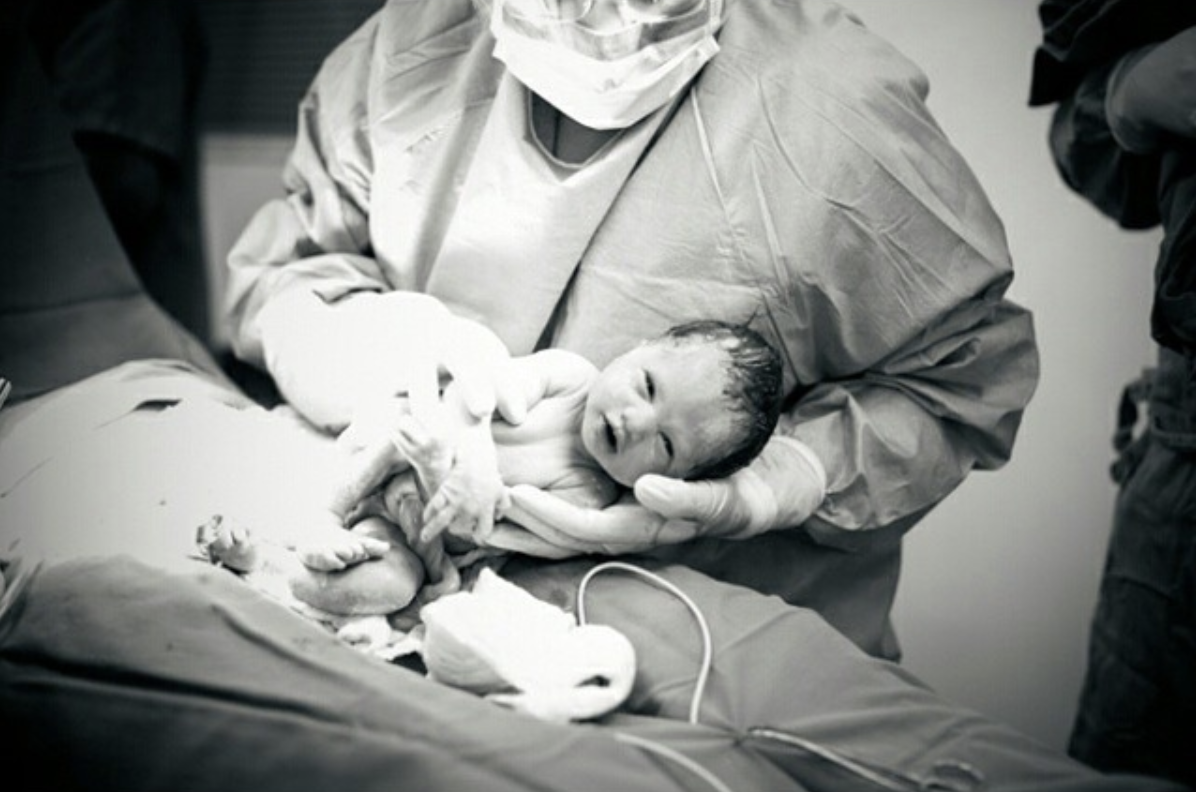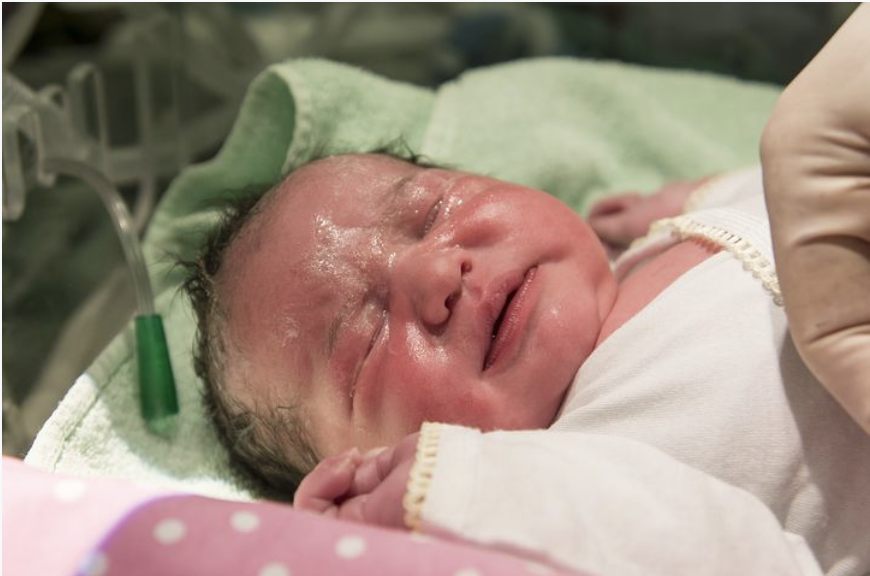My DJ was born on Thursday, December 15, 2016. I remember like it was just yesterday. It's an experience I'll never forget. My water broke at about 6:00 on Wednesday morning. I was rushed to our local hospital, then transported to Vidant Medical Center in Greenville, NC. I was only 26 weeks, so it was reason to be alarmed. I was bedridden and given procardia to prevent the pre-term labor, but none of it worked.
7:00 am Thursday morning, the labor pains commenced. I could hardly stand it as I frantically paged the nurse. The doctor was called. She checked my cervix. It was time! The delivery was quick yet traumatic. Due to my heart condition, an emergency c-section was scheduled but my baby boy couldn't wait. With oxygen on my face and a needle in my spine, I began to push while sitting upright on the edge of the delivery table. The doctor could see his tiny head crowning and immediately laid me back, asking me to give her one more big push. As I'm pushing, I go completely numb from the spinal anesthesia but I did it! DJ was born at 10:26 am. They held him up for me to see as I cried tears of joy and worry. He wasn't crying at all but his little eyes were wide open as he looked right at me. He was so small and frail but the most beautiful angel I've ever seen. My first child at the age of 40 had arrived and I felt so blessed. After cleaning him up, they allowed me one kiss before placing his tiny body into an incubator and moving him to the neonatal intensive care unit (NICU). My parents caught a glimpse of him in the hallway and smiled with glee to meet their newest grandchild. Meanwhile, I was sent to recovery and wouldn't see my bundle of joy again for several hours.
After signing in at the front desk of the NICU, washing our hands (of course), my then husband wheeled me to Pod B where our beloved was waiting. There he was all swaddled up with his sweet little face covered due to the ventilator needed to help him breath. He weighed only 790 grams (1 lb, 12 oz) and 13 inches long, but strong! As I watched our son fighting for his life, I cried and cried. Why did this happen?
I greatly assume it was my gestational diabetes or the stress I was under due to a trying later failed marriage. However, I read that there are risk factors for being born early, such as infection, placental problems or genetic problems, but in many cases the cause is unknown. An estimated 15 million babies are born too early every year, That is more than 1 in 10 babies. Wow! I couldn't imagine the arduous journey ahead for my peanut. All the tests, diagnoses, procedures, bradycardias and near fatal incidences that caused such an emotional rollercoaster. Without God, he wouldn't have made it through, and I wouldn't have made it through my postpartum period that was thankfully short-lived. DJ spent four months and one week at James and Connie Maynard Children's Hospital, and I never left his side. I was there every single day for him, enduring the worse and the better times. Thank God for the tremendous support of so many in our corner, including the awesome hospital staff and The Ronald McDonald House of Eastern NC.
After leaving the hospital, I became a stay-at-home mom taking care of DJ full-time because he was considered disabled and unable to enroll into daycare. I'm so blessed to be here for every waking moment, watching my son continuing to thrive despite his near fatal illnesses and hospitalizations. I was also blessed with the time to be able to self-publish my first children's book entitled, "The Mighty 1", dedicated to my baby. DJ is now two years strong, weighing 24.5 lbs and 32 inches long. My little soldier is so amazing and I'm beyond blessed to be his mommy.
The Mighty 1 is a poetic tale about a brave soul who is tiny but mighty, just like the miracle baby in your life. Every year, millions of babies are born prematurely and many will spend several weeks or months in the neonatal intensive care unit. It's such an emotional journey for families whose lives have changed in an instant. This book was created to bring inspiration and smiles to all of you. It makes a great read for NICU cuddle time, and the perfect keepsake too! Preview and order your copy of "The Mighty 1" now.
By Ebony Moore @ebonydmoore
Was your birth upsetting or traumatic? Do you have more questions about processing your birth and need help healing? Arrange some time to chat with me. I’d love to answer your questions and help you heal and get yourself back - I have a program specifically for you, that can also include this revolutionary and profound natural healing modality called Clarity Breathwork. Helping people heal from birth trauma and other traumatic experiences, emotional pain and inner stress is one of my passions and areas of expertise. I also devoted several sections of my Natural Birth Secrets book on birth trauma in both moms and babies, and also wrote a book called the Trauma Release Formula…both are available on Amazon.



























